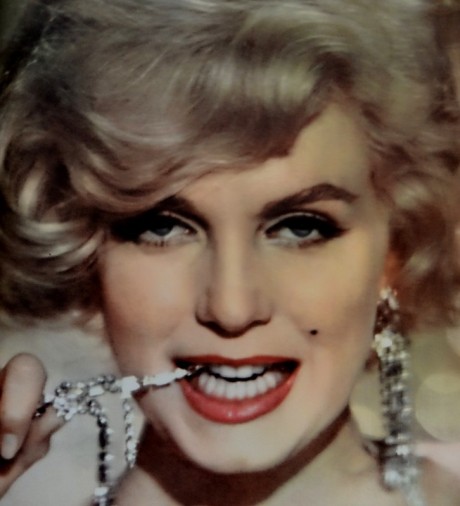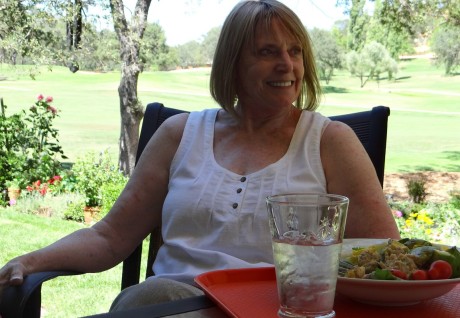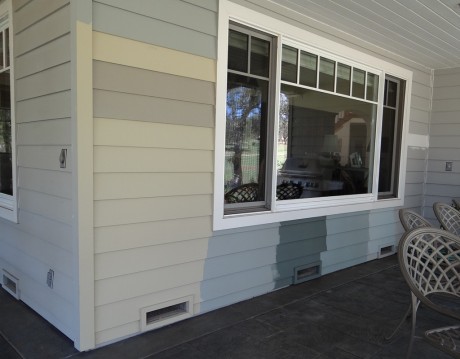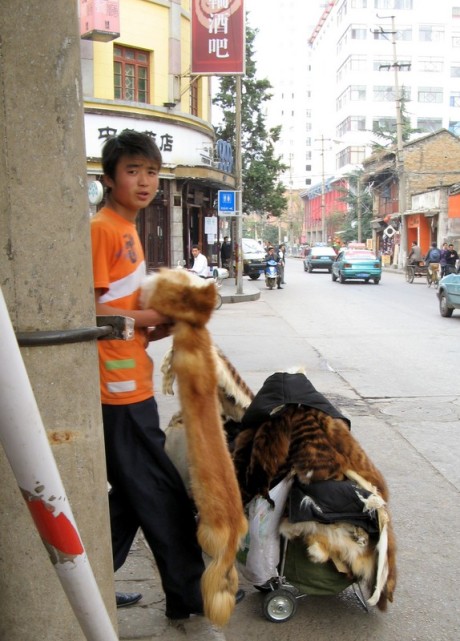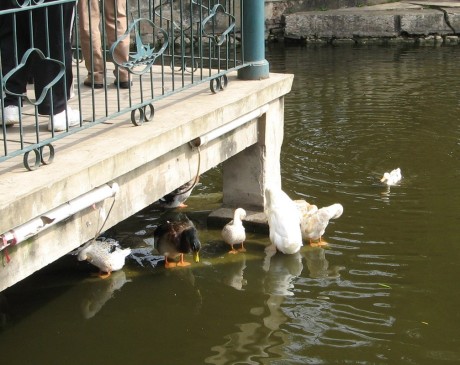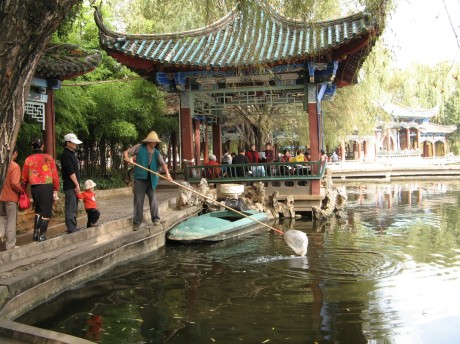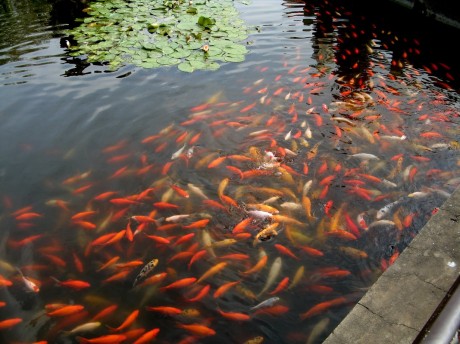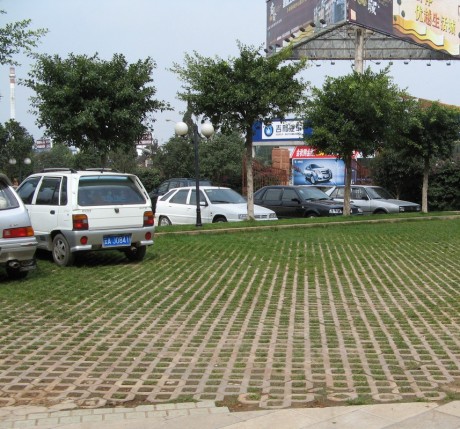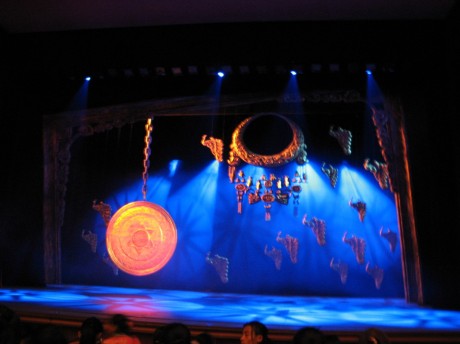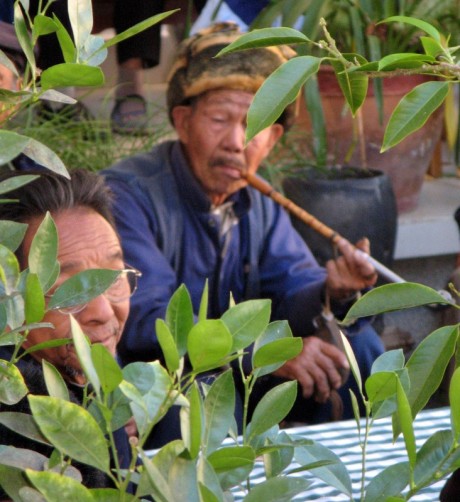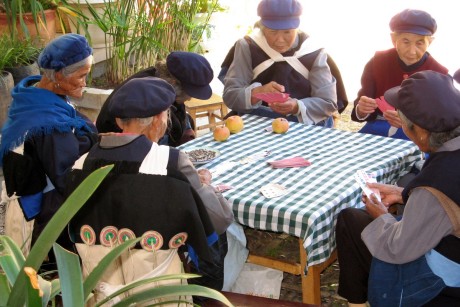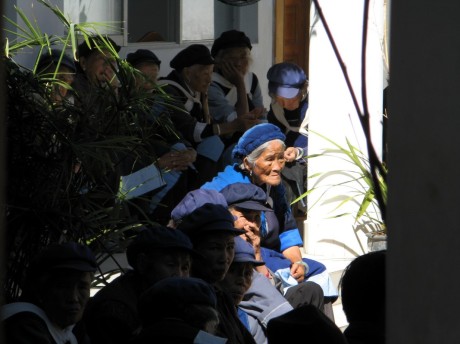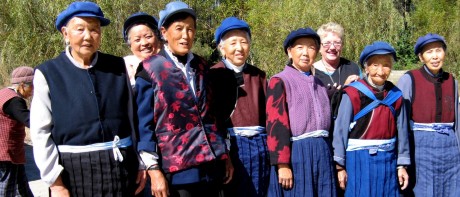The Hun Dynasty is from 200 B.C. Most Chinese are Han Qiang
(han-chung)) The greatest challenge to China is the Tibetan people.
China seems to step all over itself when they try and crack down on
Tibet with the whole world watching. There was a border incident just
after we left where two Tibetan’s were killed. Yunnan Province borders
India, Burma, Laos and Vietnam and was once the powerful kingdom of
Nanzhao that defeated Chinese armies and controlled the trade routes to
India and Burma before Khublai Khan. America’s Flying Tigers were based
here and thwarted the Invasion of China by Japan in the 1940′s. The
province of Yunnan has 25 different minority groups. China is still
leery of minority people who might try to be independent and form their
own government. It is so peaceful and beautiful here, we find it hard to
understand. Viki tells us that at one time China was set into strict
class lines. Her grandfather was a scholar and was sent to Shenyang
Province and lived with the Uygurs or Greware people, under very tough
living conditions. He married there and Vicki’s mother was born there
and married an Ethnic born in Urumki. He was persecuted and sent to a
“struggle” meeting and made to live in a cow shed. He tried to kill
himself but Grandmother was strong and he survived and eventually the
family was allowed to move to the city. When Viki was a child,
learning how wonderful Mau was, she once heard her Grandfather say, “Mau
is a bad guy” knowing he could be killed for saying so. One of her
Uncles was a Red Guard and considered her father a traitor and accused
him of crimes and persecuted his own brother. When Mau died, everyone
went crazy. Some wanted revenge, others shed tears. Afterwards, they
wondered how stupid they could be. Life under Mau was unpleasant for
most people. We really appreciate Vicki’s openness about China’s
infamous past and faux pas of the present.
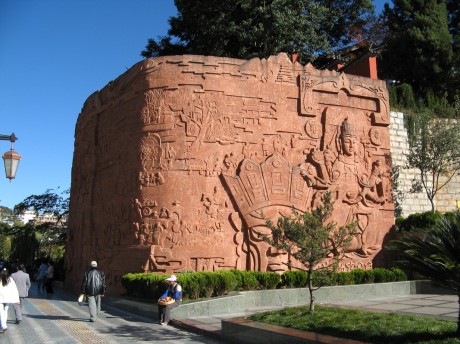
This is the walled entrance to Jiliang where modern vehicles can drive. Buses are not able to drive into the city.
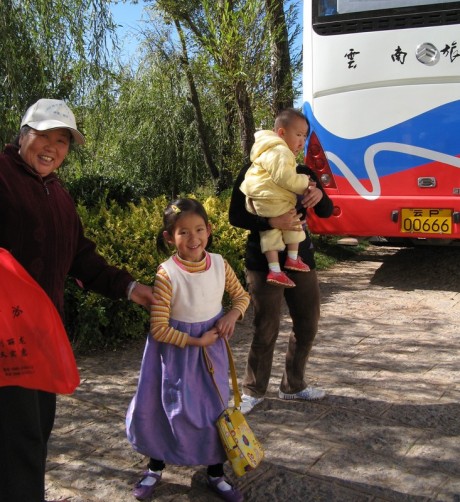
Tourists unload and walk into the city or load into a smaller
vehicle. I took this picture mainly because the baby boy is wearing
split pants. You can’t really tell. But Chinese children traditionally
were not diapered. Some still wear split pants and are set down to
urinate or poop and the parents pick up the waste and deposit it
somewhere just as in the old days when human fertilizer was saved for
the fields. The government, according to Viki, discourages the practice
and most city babies are diapered.

And, as expected, modern vehicles share the road with the more common bike-trucks.
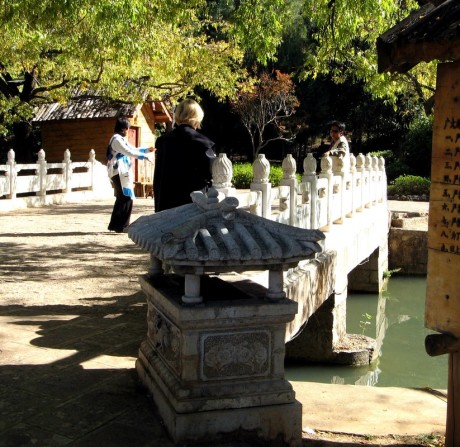
The river and the ancient water ways dominate the city which sits at
the confluence of three different rivers. Before the fire burned half
the city down, every street in Jiliang was narrow for people walking or
on horse back with a waterway beside the walkway.

Entrance to each shop next to the waterway is a rudimentary bridge, often old planks.

The streets are teeming with customers and no one would even think it
was dangerous. The U.S. would bring it up to code and ruin this ancient
city, we think. It is at least 3,000 years old.
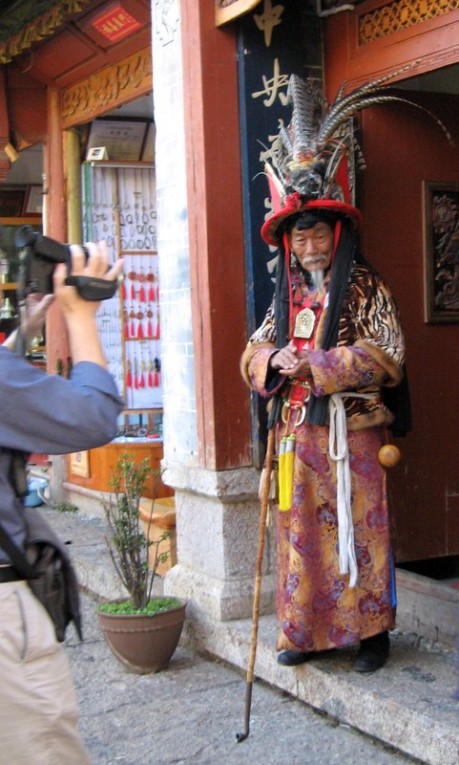
In front of this shop is a character asking people to pay to have
their picture taken with him in his native costume. His pipe reaches to
the ground.
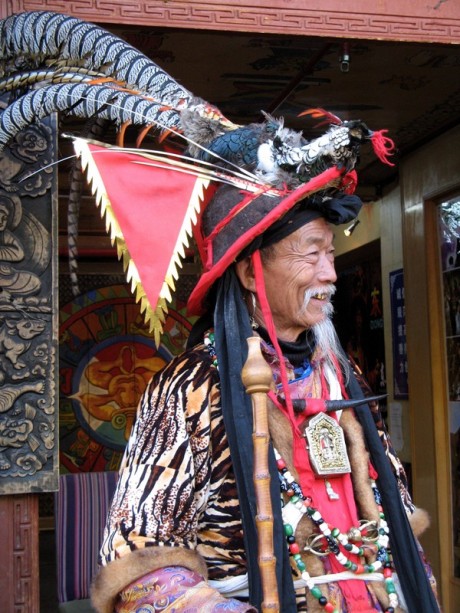
I’m entranced and sneak a picture of him. Isn’t he gorgeous? Oh, to have the language!
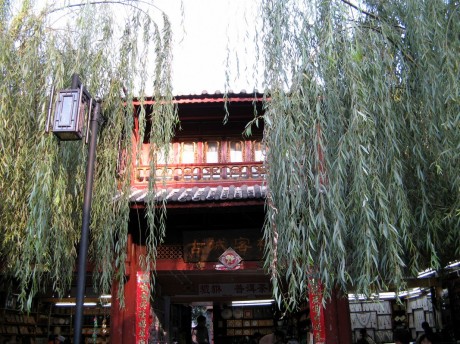
Water loving willows grow profusely and grace many of the old buildings.

But, most of the activity is on the square.

These sturdy little horses are called Jiliang Horses and are a
desired commodity among the mountain people of this area. At one time
they were a trade commodity along the famous Silk Road. The horses
outlived the market for silk and eventually tea trade dominated the Silk
Road.
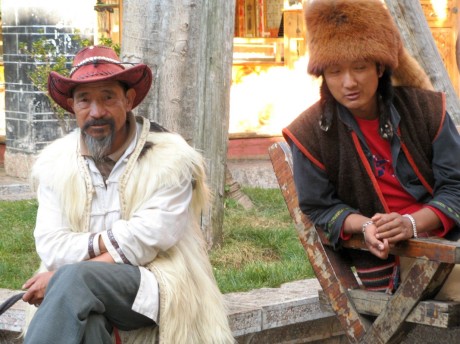
These horsemen had parked their steeds and didn’t mind having their
picture taken. They appeared to be working wranglers or traders of some
sort.

The square is always filled with entertainment, like this Naxi group
dancing and singing. I curse myself for not taking more pictures.
There were tumblers, jugglers and magicians with a vessel out for
donations much like break dancers and musicians do in San Francisco.
This day is Oct. 30th, a double nine (lucky) lunar holiday. (I have no
clue what that means.) It is wonderful to have a day in this ancient
city that began as a stop along the Tea-Horse Road, a network of high
paths and dangerous passes over the mountains into Tibet and other parts
of China. The tea was packed in bricks and bales and we still see it
sold that way in bricks, bales and huge hat shaped rings. We couldn’t
figure out what the bales were until we left Jiliang and asked Vicki who
explained that those tea shops we saw, with myriad tea pots and cups,
were really selling tea.

Michal and I do some last minute souvenir shopping and arrange to
meet Wanning and Judge Dean Determan for dinner on the moat adjacent to
our hotel which is the only food court in town where all the exotic
foods, the music and night life happens. The paving stones were once
washed by a trick of the ancient water system where the town streets and
square was flooded and rinsed debris back into
the river.

Wanning
shows us her haul, beautiful scarves about six feet long and three feet
wide for $4 each. She leads us back to the shop at dusk and we get
them for $3. She says, “And I’m Chinese, I’ve been taken.” We all
laugh. On our way back for dinner, a vendor tried to sell us fried
grubs, inch worms and cockroaches for a snack, but we declined. We
instead opt for a dish Wanning and Dean recommend with a tomato broth
and noodles with bits of water buffalo and beef. But before we decide,
one animal on the butcher block looks familiar but we can’t identify
what meat it is. “Dachshund,” says Vicki who is always around on the
fringes of our activity to answer questions. We groaned but Vicki is
very forthright and doesn’t try to protect our western squeamishness or
apologize for their customs. We decide the people in this area like
their pets too much.
We keep gawking fascinated by every thing we see. The octopus,
urchins, shelled creatures we can’t identify. Fish with heads and eyes
and fins still intact. The insects and beetles, turtles and strange
colored mushrooms. Pickled vegetables we have never seen before. Seeds
and pods and edible grasses and baked delights in neon colors. We can’t
decide which is most fascinating, people watching or cruising the food
court; listening to thousand year old music, or the hum of exotic
languages; “hiyee!” sharp musical calls from waiters scurrying back
and forth between tightly packed tables. The glow from ambient lantern
and torch light; people stooped or sitting cross legged in dark
corners. We know we are glimpsing the threads of an ancient past, with
no definition but magical. Unforgettable.








